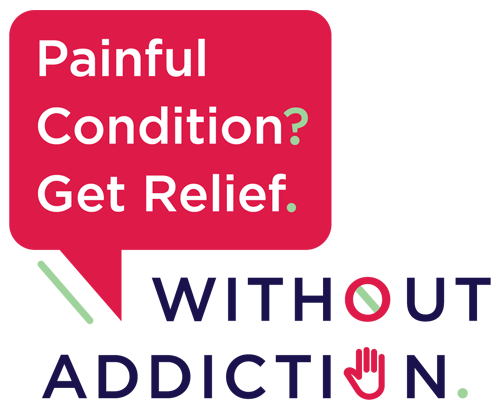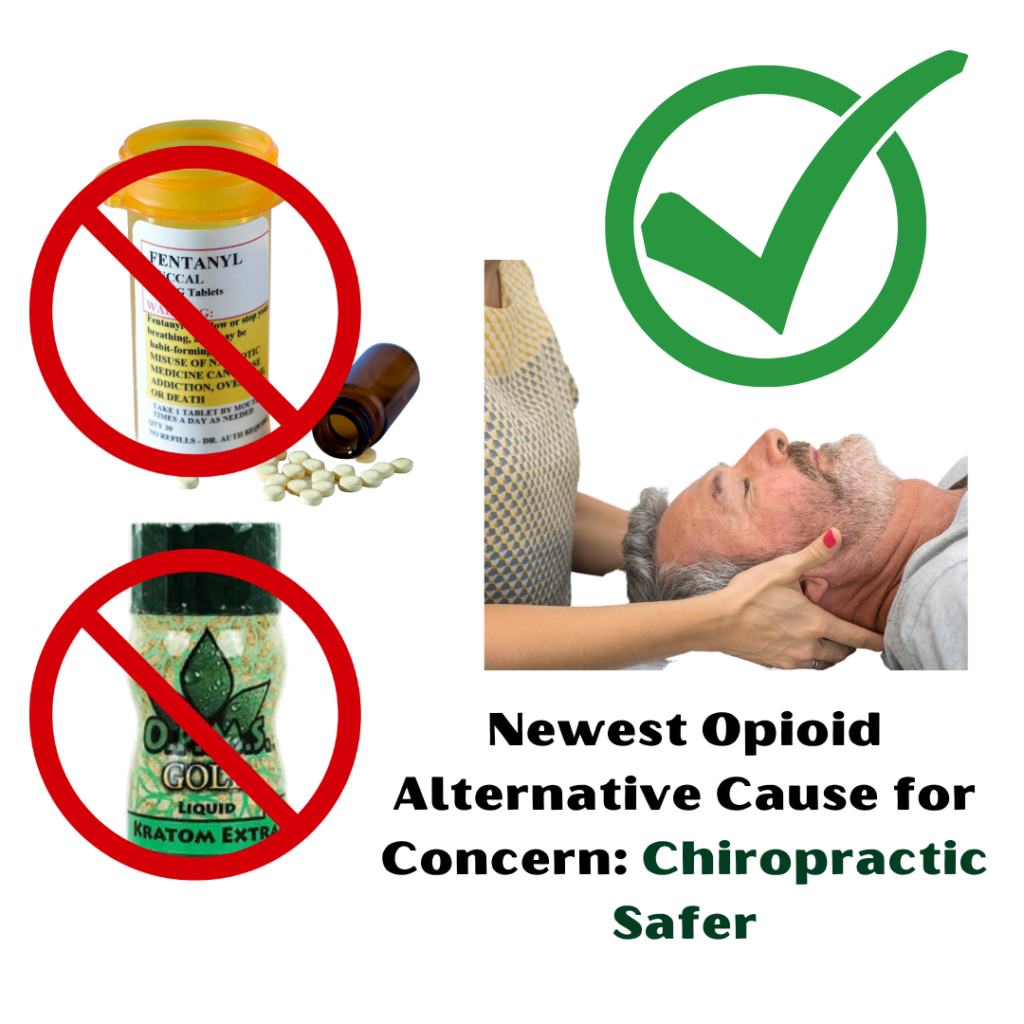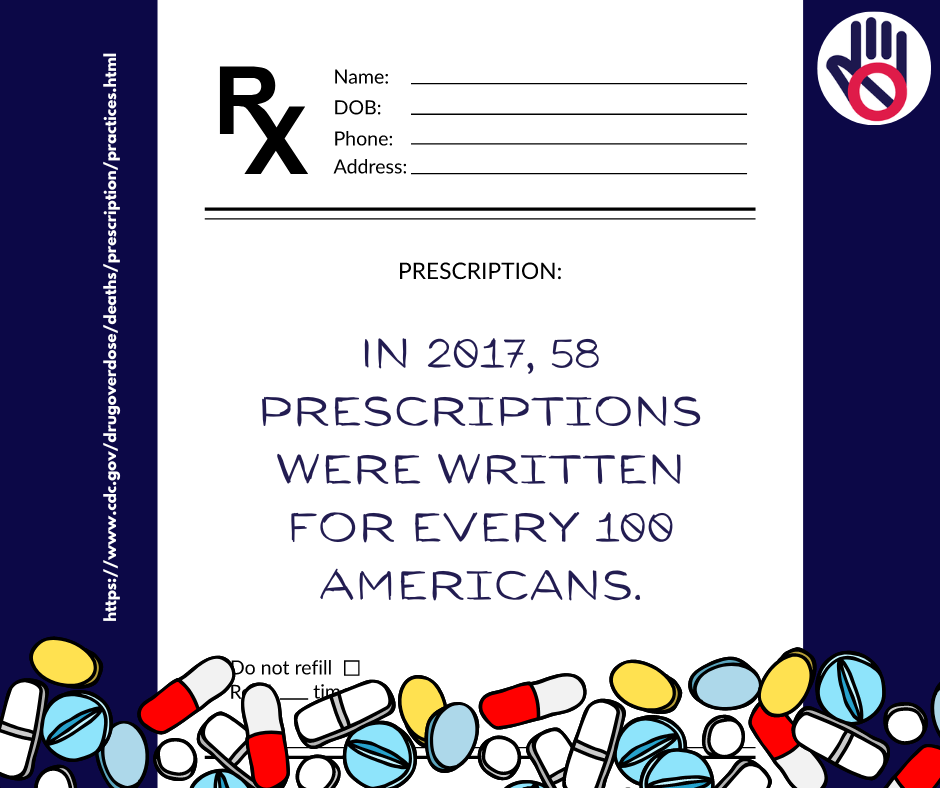Throughout the years of the opioid epidemic, millions of people have passed away from opioid overdose. In this blog, we’d like to share the reality of the opioid epidemic by presenting a synopsis of films on the topic.
Heroin, Cape Cod: available on MAX
In this documentary, viewers are given an inside look at the life of carious opioid addicts in Cape Cod, MA. Addicts expressed how they or someone they knew would pawn their families’ possessions, steal from stores and sell their bodies to raise money to purchase heroin. Heroin has been found to be three times more addictive than fentanyl.
Some of the addicts admitted that due to the rise in cost of fentanyl and difficulty accessing opioid prescriptions, they turned to the cheaper alternative of heroin. In the multiple timelines, viewers will notice a pattern. Those with opioid use disorder (OUD) had difficulty getting clean. They’d find themselves in rehab only to be out within a month and relapse. Some admitted they didn’t care because they knew if they overdosed, they’d be brough back with Narcan, which is a drug used to revive those people during an overdose.
Many sentiments were commons among those with OUD. They often expressed that they utilized the drug to numb not just physical pain but emotional pain as well. Others expressed how they’d like to change but that their efforts would be pointless: “I know I could do things to try and fix my life but…at times it seems, like, hopeless or pointless. Nobody’s gonna change unless they want to change. And even if I change myself, like, I know my mom’s not gonna change, my dad’s not gonna change, my sister is not gonna change. So, no matter, like, how much work I do on me, our relationship stays the same,” said one addict.
Ultimately, of those filmed throughout the duration of the documentary, only one person remained clean. This user attended addiction counseling and worked two jobs to stay busy to avoid the cravings.
The Crime of the Century: available on MAX
In this docu-series, viewers learn about the role of Purdue Pharma and doctors played in the opioid crisis. Experts such as doctors who were bribed, pharmaceutical sales personnel and law enforcement spoke about the roles they played.
These experts produced all sorts of claims to push prescription opioids. Pseudo-addiction, a term coined by David Haddox, Vice President of Health Policy at Purdue Pharma, was used to counteract the accusations of those claiming addiction to prescription opioids was deadly. To justify the sales, doctors that worked with Purdue Pharma shared information that was later proven to be untrue, stating things like “The rate of absorption is believed to reduce addiction liability” and “I don’t think death is a sign of efficacy.”
Much of the docu-series provides insight into an extremely common question: How did this happen and how did big pharma get away with it?
Warning: This Drug May Kill You: available on MAX
This documentary opens with saddening action: videos and pictures of those overdosing or dying from an overdose. The stories shared in this film are from patients who originally started taking opioids for chronic pain that developed through kidney stones, c-sections, cyst removal and a fall.
After being hospitalized various times for kidney stones, a 16-year-old patient received opioid prescriptions. Growing up, the patient provided opportunities for her younger sibling to partake in the usage of opioid prescriptions. Eventually, that patient’s sibling passed away from overdose. The patient relapsed multiple times throughout the filming process. During her multiple relapses through the years, the patient’s mother ended up adopting the patient’s child. By this time, the patient was in her mid-twenties. At one point, viewers learn the child was trained to find and use Narcan to save the parent. Viewers later find that the patient finally participated in a medicated-assisted treatment program.
One patient became addicted to opioid prescriptions after a cyst removal. He was unable to access the medication later and started using heroin, eventually suffering withdrawal symptoms that caused more physical pain. The patient was placed in rehab multiple times. He died at the age of 23. His mother started a support group.
An older patient was prescribed opioids for injuries suffered from a fall. The doctor consistently prescribed the patient opioids, insisting that the medication would help. At some point, the doctor began to prescribe higher doses. The patient’s family fortunately noticed the negative side effects and encouraged an end to the usage. The patient was clean; however, during a check-up with the same doctor, was once again prescribed with opioids. One year later, the patient passed away from an overdose.
After a c-section, a mother was prescribed opioids to keep her post-surgery pain at bay. Her addiction negatively impacted her husband, two sons and daughter. She was often found injuring herself to go to the hospital to get prescribed opioids. She attended rehab 11 times where she remained clean for a few weeks only to relapse. During her addiction journey, she was hospitalized for kidney stones and was prescribed a much larger dose of opioids, and she overdoses, her two sons finding her unconscious in her bed.
American Pain: available on MAX
This documentary presents the story of the infamous set of twins, Chris and Jeff George. They were known for their crimes of wire fraud, wrongful death and illegal sale of opioid prescriptions.
Together, the George brothers created an empire of pain clinics in south Florida, taking advantage of the proximity to various highways across the entire United States. Throughout the investigation, these brothers hired real doctors with licenses to prescribe these patients with opioids.
Toward the end of the documentary, viewers can see that neither of the brothers had empathy for their clients with Chris stating, “I definitely wish people didn’t die from the medications. You know, I don’t know why certain people did die, but in the end, it’s their responsibility. They’re responsible for themselves, I’m not.”
These are just some of the films that shed light on the ongoing opioid epidemic. A common pattern seen in these films that can be traced back to the beginning of these patients’ addictions is chronic pain. The CDC estimates that more than 50 million US adults suffer from chronic pain. Of the 50 million, approximately 20 to 36 percent of those adults receive an opioid prescription for noncancer pain symptoms. However, time has consistently shown that prescription opioids are deadly to the American population. A recent Australian study showed prescription opioids do not even alleviate chronic pain. The experiment was conducted by dividing patients into two groups: a placebo group and a receiving group. When comparing the chronic pain surveys taken by both groups, the researchers discovered that patients receiving prescription opioids still experienced the same amount of chronic pain as those in the placebo group, thus proving their hypothesis.
Fortunately, further research on chiropractic care has shown that it is a helpful tool for those addicted to opioids. Patients use this holistic approach to wean themselves from opioid prescriptions and medicated-assisted treatment (MAT). One study provides enough evidence to prove that among those who participated in MAT and chiropractic adjustments versus those who only participated in MAT, the former group experienced less chronic pain and were found to have an easier recovery journey.
Chiropractic is a drug-free and safe alternative to prescription opioids.






